
Navratri is here, the air is filled with dhol beats, bright lehengas twirl in dandiya nights, and homes smell of incense, flowers, and, of course, delicious vrat food.
But let’s be real for a second… how many times have we said,
“I’m fasting, I’ll eat light,” and then ended up with a plate full of fried sabudana vadas, oily kuttu pooris, and laddoos dripping with ghee?
By the end of nine days, instead of feeling light and spiritual, we’re struggling with acidity, bloating, and an extra kilo or two.
Sound familiar? Don’t worry, you’re not alone. And the good news is, Navratri can actually become the best time to lose weight if you just tweak your plate a little.
Let’s walk through this together. I’ll share the importance of Navratri, the everyday habits we all fall into, and then, my favorite part, recipes that are so tasty you won’t believe they’re healthy.
The Importance of Navratri
Navratri, meaning “nine nights,” is a festival dedicated to Goddess Durga. For nine days, people worship her nine different forms, each representing strength, power, protection, and positivity.
But Navratri is not only about religious rituals; it’s also about cleansing your body and mind. Traditionally, people fast during this time, avoiding heavy grains, alcohol, and non-vegetarian food. Instead, they eat light, sattvik (pure) meals made with natural ingredients like fruits, nuts, milk, and certain flours.
Think of it as your body’s yearly “reset button.”
If you do it right, you can not only deepen your spiritual connection but also come out healthier, lighter, and full of energy.
Common Things We All Do During Navratri
Let’s be honest for a second. Here are some “Navratri moments” most of us know too well:
- The fried food trap: “I’m fasting, so I deserve sabudana vadas!” (Five vadas later, you feel sleepy instead of spiritual.)
- Sweet overload: Kheer, ladoo, halwa, because sugar is technically “allowed,” right?
- Skipping meals: You don’t eat all day, then binge on pooris at night.
- Forgetting water: Between pooja, cooking, and outings, hydration takes a back seat.
- Low energy blues: You skip activity, thinking fasting means weakness.
The result? Instead of a detox, your body feels like it’s been through a food festival.
Nutritionist-Approved, Weight-Loss Friendly Navratri Recipes
According to “Dietitian Mamta Sharma” (Tata 1mg), some simple and healthy recipe swaps can make your Navratri meals lighter, nourishing, and even weight-loss friendly.
1. Energy Balls (Healthy Vrat Laddoo)
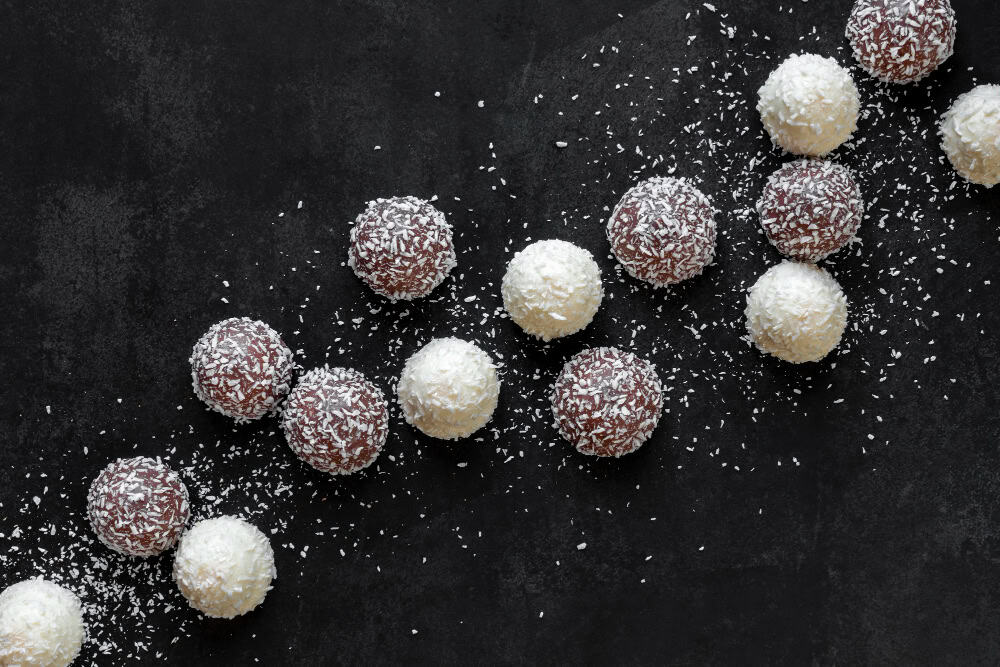
Who says laddoos can’t be healthy? These energy balls are quick, tasty, and perfect for fasting.
How to make:
- Blend soaked dates and figs into a sticky paste.
- Add roasted makhana, almonds, and walnuts (crushed lightly).
- Mix everything and roll into small balls.
- Optionally, coat with dry coconut powder.
Why it works: These laddoos are naturally sweet, full of energy, and packed with fiber + healthy fats. No refined sugar, no frying, just pure goodness!
2. Kuttu (Buckwheat) Cheela
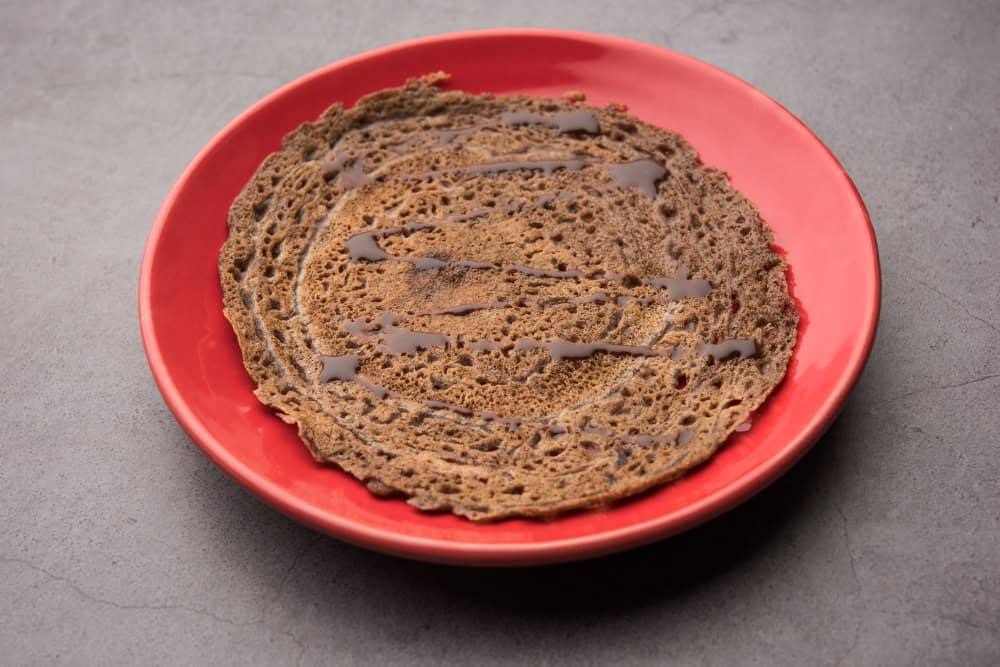
Cheela is like a pancake made with buckwheat flour.
- Mix kuttu flour with water, grated bottle gourd, and a pinch of sendha namak.
- Cook in a non-stick pan with just a drop of ghee.
Why it works: Kuttu is gluten-free, rich in protein, and helps control hunger. Perfect for breakfast or dinner.
3. Fruit & Nut Yogurt Bowl

- Take plain low-fat curd.
- Add chopped apples, bananas, pomegranate, and a few soaked almonds or walnuts.
- Sprinkle cinnamon for flavor.
Why it works: This is a no-cook, quick recipe that gives you protein, fiber, and healthy fats, all good for weight loss.
4. Sweet Potato Chaat
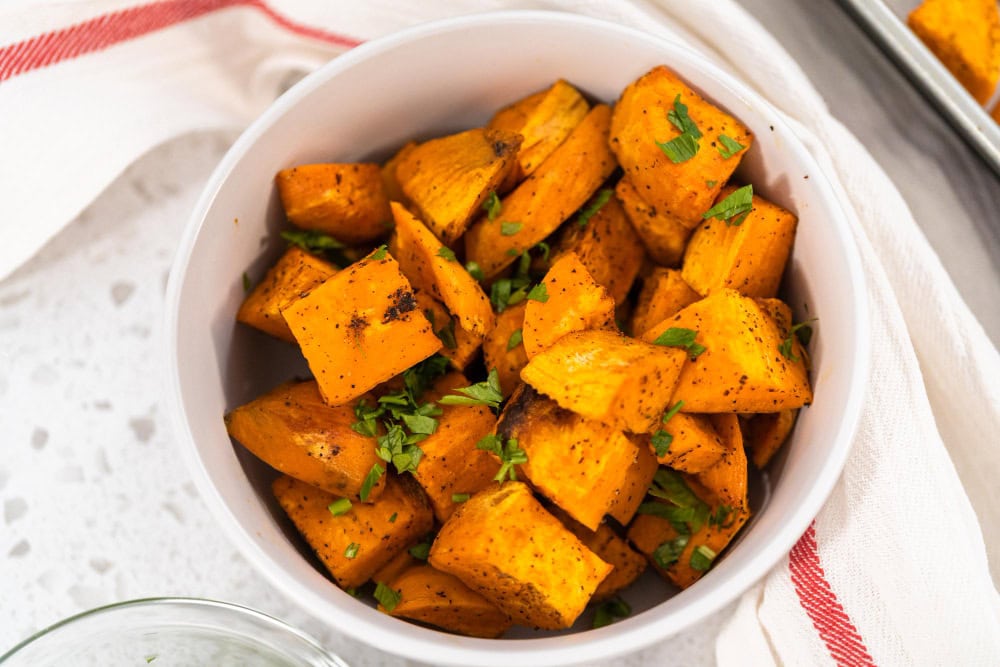
- Boil sweet potatoes, cut into cubes.
- Add rock salt, lemon juice, chopped coriander, and a little green chili.
Why it works: Sweet potatoes are naturally sweet, rich in fiber, and have fewer calories than fried snacks.
5. Lauki (Bottle Gourd) Soup
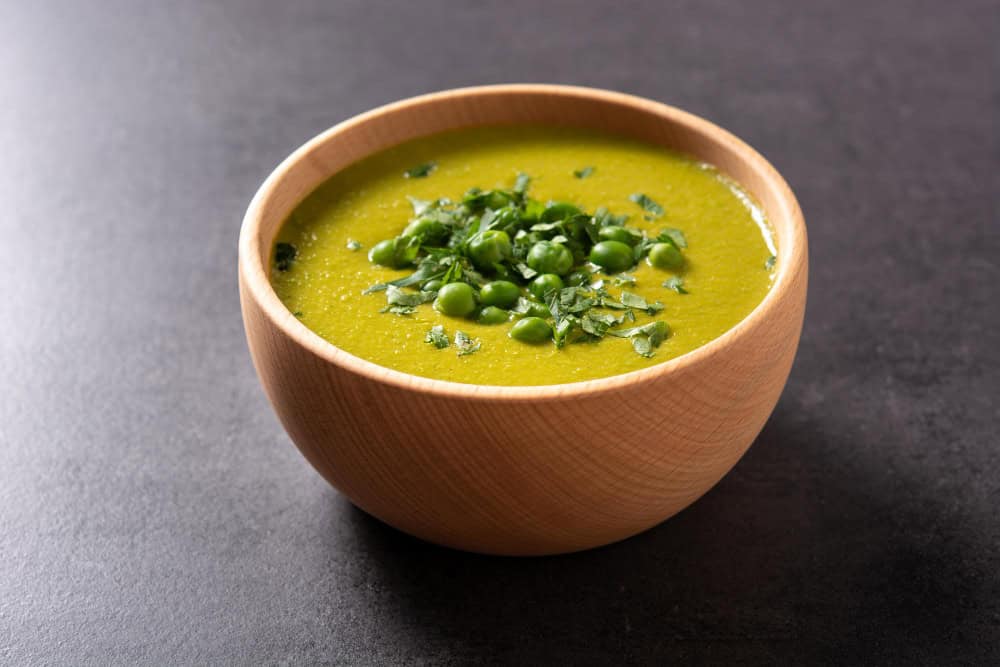
- Pressure cook bottle gourd with ginger and sendha namak.
- Blend into a smooth soup and top with roasted cumin.
Why it works: Super light, hydrating, and great for dinner if you want something warm and filling.
6. Samak Rice (Barnyard Millet) Pulao
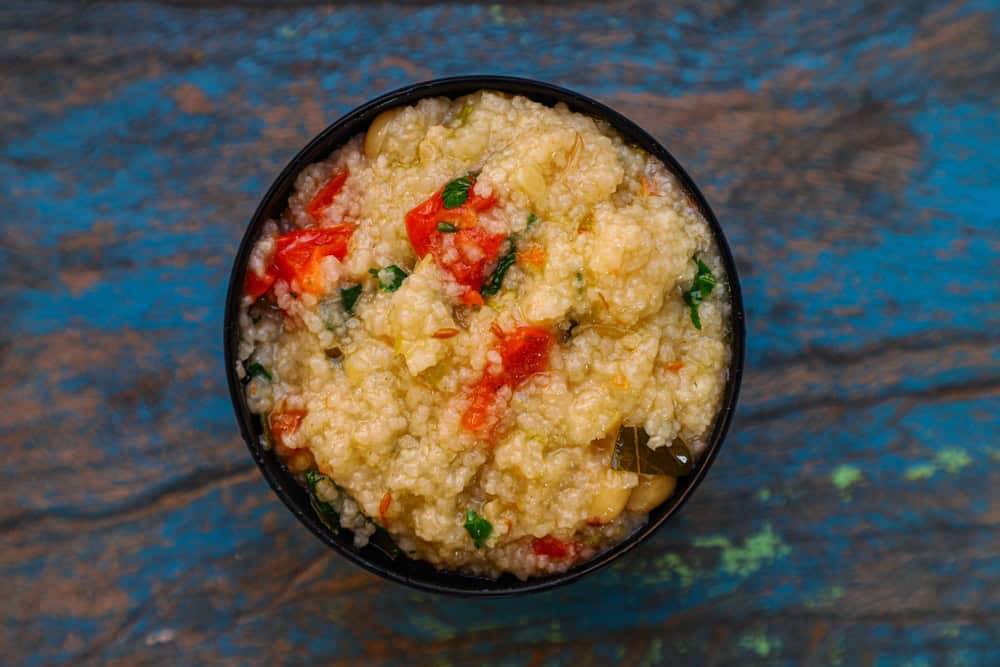
- Cook samak rice with carrots, beans (if you eat them during fasts), or just potatoes and peas.
- Use minimal oil.
Why it works: Samak rice is much lighter than regular rice and keeps your tummy happy.
7. Paneer salad

- Take fresh paneer cubes.
- Toss them with cucumber, tomato, pomegranate, coriander leaves, and a squeeze of lemon.
- Add a sprinkle of rock salt and black pepper.
Why it works: Paneer gives protein, while the fresh veggies add crunch, fiber, and hydration. A light, refreshing meal option.
8. Makhana (Fox Nuts) Roasted Snack
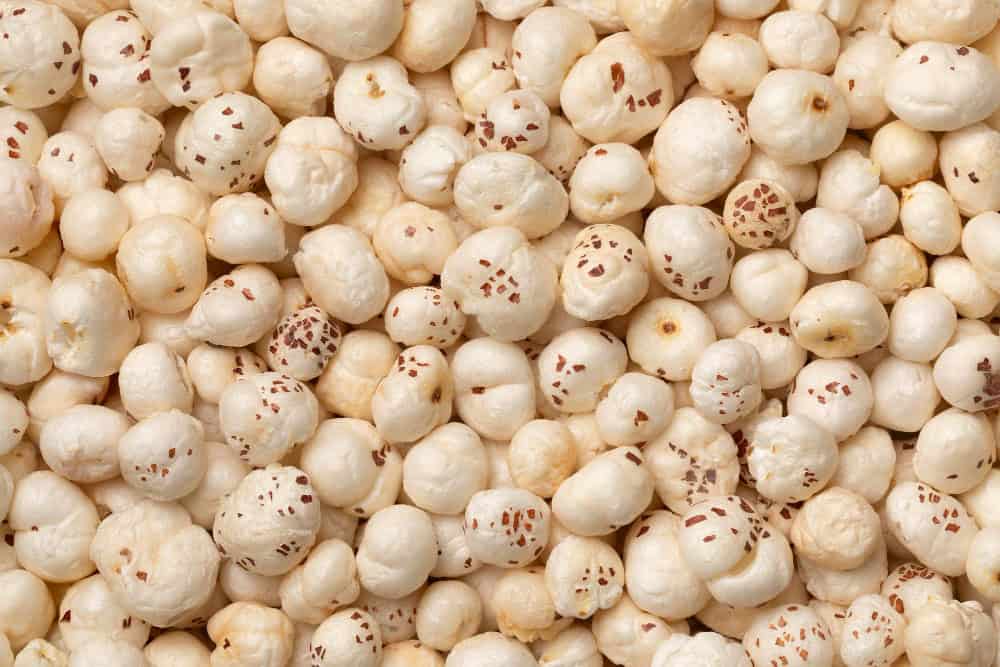
Dry roast makhana with a pinch of rock salt and ghee.
Store in a jar for a crunchy, guilt-free snack.
Why it works: Makhana is low in calories, high in fiber, and helps avoid fried chips or namkeen.
9. Banana Dates Smoothie
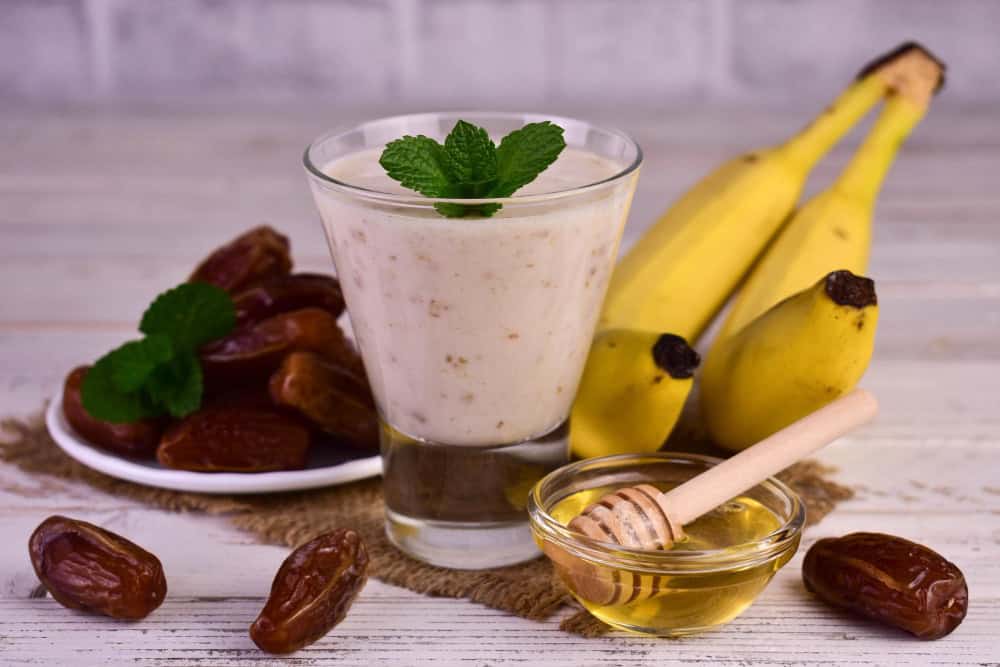
- Blend 1 ripe banana, 2–3 soaked dates, and low-fat milk (or almond milk).
- Add a pinch of cardamom for flavor.
Why it works: Naturally sweet, packed with energy, and keeps you full for longer. A perfect mid-day drink!
10. Kheer Made Light

- Use makhana or samak rice for kheer.
- Sweeten with dates or a little jaggery instead of refined sugar.
Why it works: You still enjoy dessert, but in a lighter, healthier way.
| Lifestyle Tips to Make Navratri Truly Healthy
Apart from recipes, here are some practical tips:
|
The Bigger Picture
Navratri is not just about food; it’s about balance. It’s about slowing down, reflecting, connecting with family, and cleansing your body inside out. If you approach fasting with the right mindset, it can give you both spiritual strength and physical health benefits.
Think of these nine days as a gift: a chance to restart your health journey, try new foods, and build better habits.
Final Thoughts
Fasting doesn’t mean feasting on fried food. With a few smart choices, Navratri can actually help you lose weight, feel energetic, and stay closer to the true meaning of the festival: purity, balance, and devotion.
So this Navratri, try these weight-loss friendly recipes, enjoy the music and dance, spend time with loved ones, and give your body the respect it deserves.
Love your health, love your faith, love your Navratri.
FAQs
1. Can I actually lose weight during Navratri fasting?
Yes! If you eat balanced meals, avoid fried foods, and focus on fruits, nuts, vegetables, and light recipes, Navratri fasting can act like a natural detox and support weight loss.
2. Which flour is best for weight loss during Navratri?
Flours like kuttu (buckwheat) and singhara (water chestnut) are better than deep-fried snacks. They are rich in protein and fiber and keep you full for longer.
3. What can I eat when I feel hungry in between meals?
Try roasted makhana, fruits, a small bowl of curd with nuts, or energy laddoos made with dates. These snacks are healthy, filling, and guilt-free.
4. Can I drink tea or coffee while fasting?
Yes, but keep it limited. Avoid adding too much sugar. Green tea, herbal tea, or lemon water are better choices for hydration and weight loss.
5. Is dairy (milk, paneer, curd) good during fasting if I want to lose weight?
Absolutely! Low-fat milk, paneer, and curd are high in protein, which keeps you full and helps prevent overeating. Just avoid adding too much sugar or cream.
6. What should I avoid if I want to stay healthy during Navratri?
Avoid fried snacks, too much sugar, excess potatoes, and overeating. Stick to roasted, boiled, grilled, or lightly cooked meals.
7. How much exercise is safe during fasting?
Light activities like walking, yoga, or dancing (garba/dandiya!) are perfect. Avoid heavy gym workouts if you’re feeling low on energy.
(The article is written by Mantasha, Executive, Clinical Health & Content, and reviewed by Monalisa Deka, Senior Health Content Editor)